Answering Top Questions About Healthy Eating and Nutrition for Seniors

It’s the New Year and many of us will focus on improving our health this year. That can mean different things for different people, with all of us having different goals and areas we want to focus on.
What better person to share some insights and information with us than Village Registered Dietitian Sarah Conniff.
A Q&A with Village Registered Dietitian Sarah Conniff
Sarah is passionate about helping adults make peace with their bodies and food choices. There is a lot of misinformation out there and she enjoys guiding seniors through to what works for them. She helps clients make nutritional changes that support a wide variety of goals. From diets for medical conditions like diabetes, hypertension, and digestive challenges, to general improvement in relationships with food, Sarah provides John Knox Village residents with information and inspiration to get them on track.
Here are a few of the top questions about healthy eating and nutrition she receives when talking to seniors.
There are many types of diets, which one do you recommend?
This really depends on your nutrition goals and chronic conditions that you may need to manage through diet. Many people have weight loss goals, and a dietitian may be a good person to talk to, but there are many other reasons someone may want to improve their nutrition. A healthy diet includes a wide variety of foods, usually brightly colored fruits and vegetables, whole grains, and lean protein sources. Other great foods are nuts, olive oil, fish, and eggs. If these foods are ones that do not cause digestive issues, they are all included in some wonderful commonly known diets, the Mediterranean diet, and the MIND diet. Whatever diet you choose, the best one for you is the one that supports your body and energy levels.
Is it too late for me to make impactful nutrition changes?
It’s never too late to see positive benefits from building new, healthy diet habits. Even small dietary changes can make a difference. Adding in nutritious foods can lower the risk and symptoms of chronic diseases. Blood pressure and blood sugar can be decreased, and kidney function can be improved. Although older populations are the least studied group in nutritional studies, what is available shows that you do not have to be a perfect dieter to increase your nutrient intake to a beneficial level.
How do you build a nutritious plate?
The food pyramid was changed to the MyPlate graphic in 2011 specifically because of its simplicity. This guideline tool is based on a 9-inch plate and advises half of the plate to be filled with non-starchy vegetables (greens, cauliflower, carrots, etc.), one quarter of the plate to be a lean protein, like chicken, lean cuts of beef and pork, and fish, and one quarter of the plate to be a fiber-rich starch, such as sweet potatoes, peas, beans, or whole grains. This model was kept in mind when the Simple Plate was designed.
Do I have to eat hummus to be healthy?
No! Healthy eating does not have to include anything that you don’t like to eat. A balanced diet can include a wide range of foods. Even if certain foods have great health benefits, flavor and texture are important factors that help us determine what foods to regularly include. Your nutritious diet for healthy aging doesn’t necessarily have to look like anyone else’s.
Regular Exercise/Weight loss – how do they work together?
One of the biggest nutritional impacts that I see in aging adults is muscle mass loss. There is a decrease of lean body mass with normal aging, but a few days being sick can really cause a significant decrease in muscle strength and mobility. A two-pronged approach is needed to retain healthy muscle stores. This includes adequate intake of protein-rich foods and regular resistance exercise. I view weight loss as a side effect of making positive behavioral changes instead of it being a positive health behavior itself. The reason for this is that our body weight is impacted by up to forty different factors, both behavioral and environmental, including medications, stress, genetics, etc. Taking care of the body as a whole, which includes nutrition and regular physical activity, usually results in our bodies maintaining a stable, healthy weight.
Embrace a Lifestyle of Wellness and Vitality at John Knox Village
John Knox Village continues to be a leader in senior living and health care services in Lee’s Summit, Missouri. We understand that a fulfilling life is built on the foundation of good health and well-being. With expert guidance from our on-site registered dietitian, and a variety of fitness and dining options, we help residents incorporate healthy habits into their daily routines. From free-standing independent living homes and rental apartment homes to cottages and villas, there’s a place for you at John Knox Village.
Here you’ll discover more than a home – you’ll find a place where your wellness is our priority.
Contact us to learn more about the John Knox Village lifestyle or call (816) 251-8000 to schedule your personal tour today. One of our senior living consultants can also offer guidance in the search to find senior living apartment homes tailored to your needs and budget.
